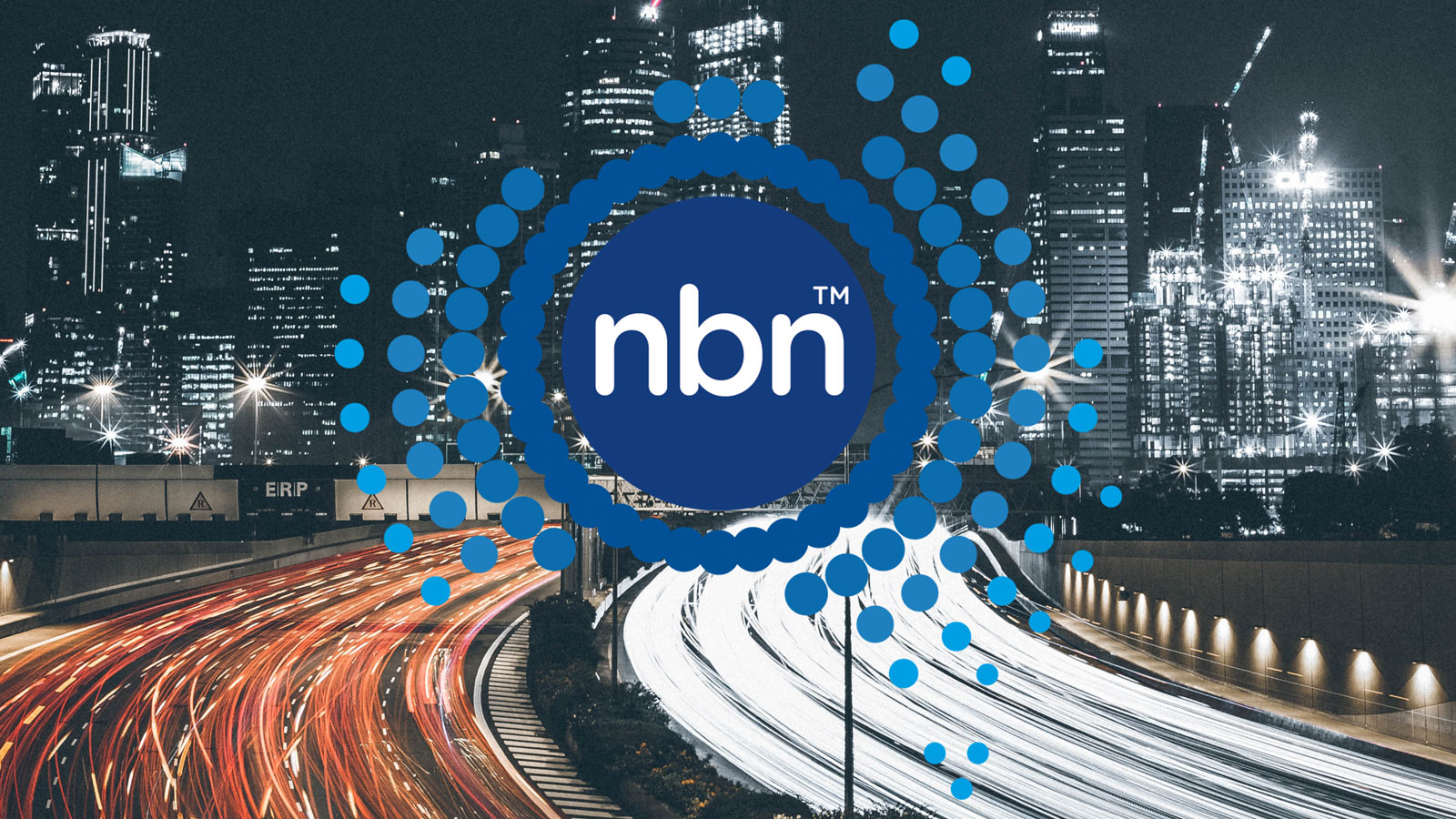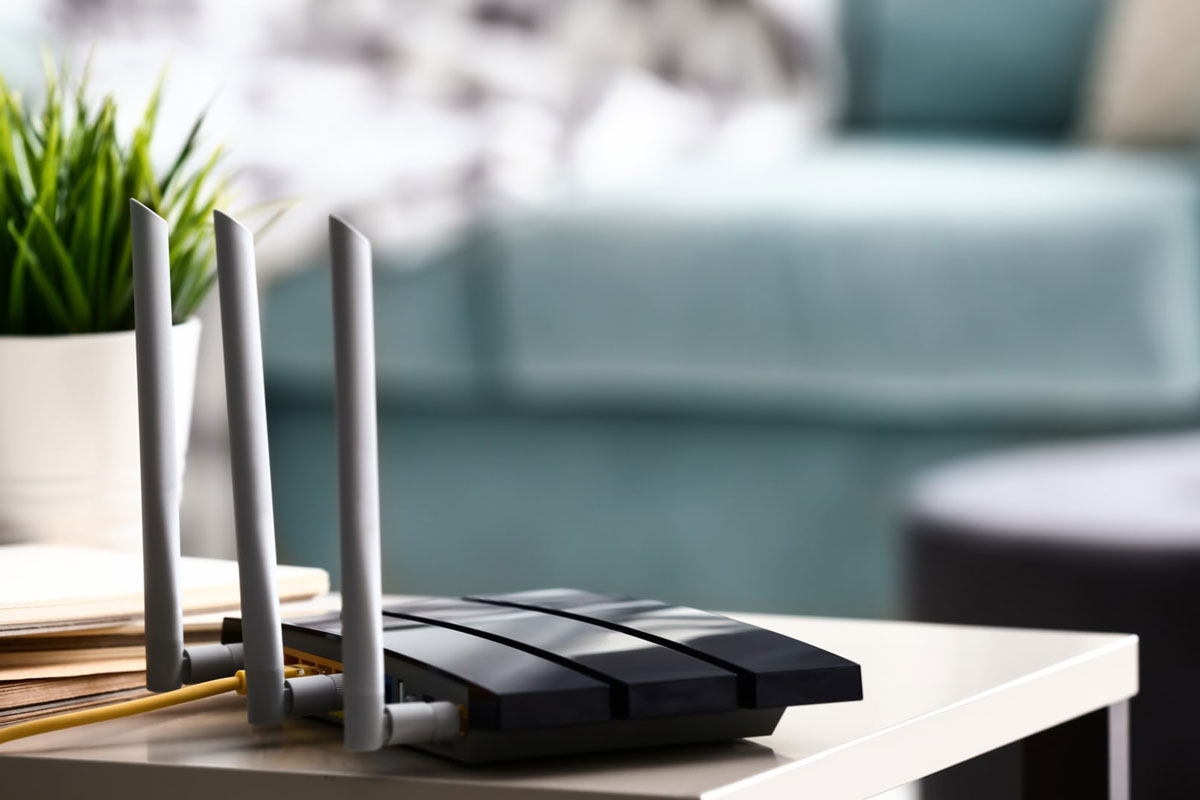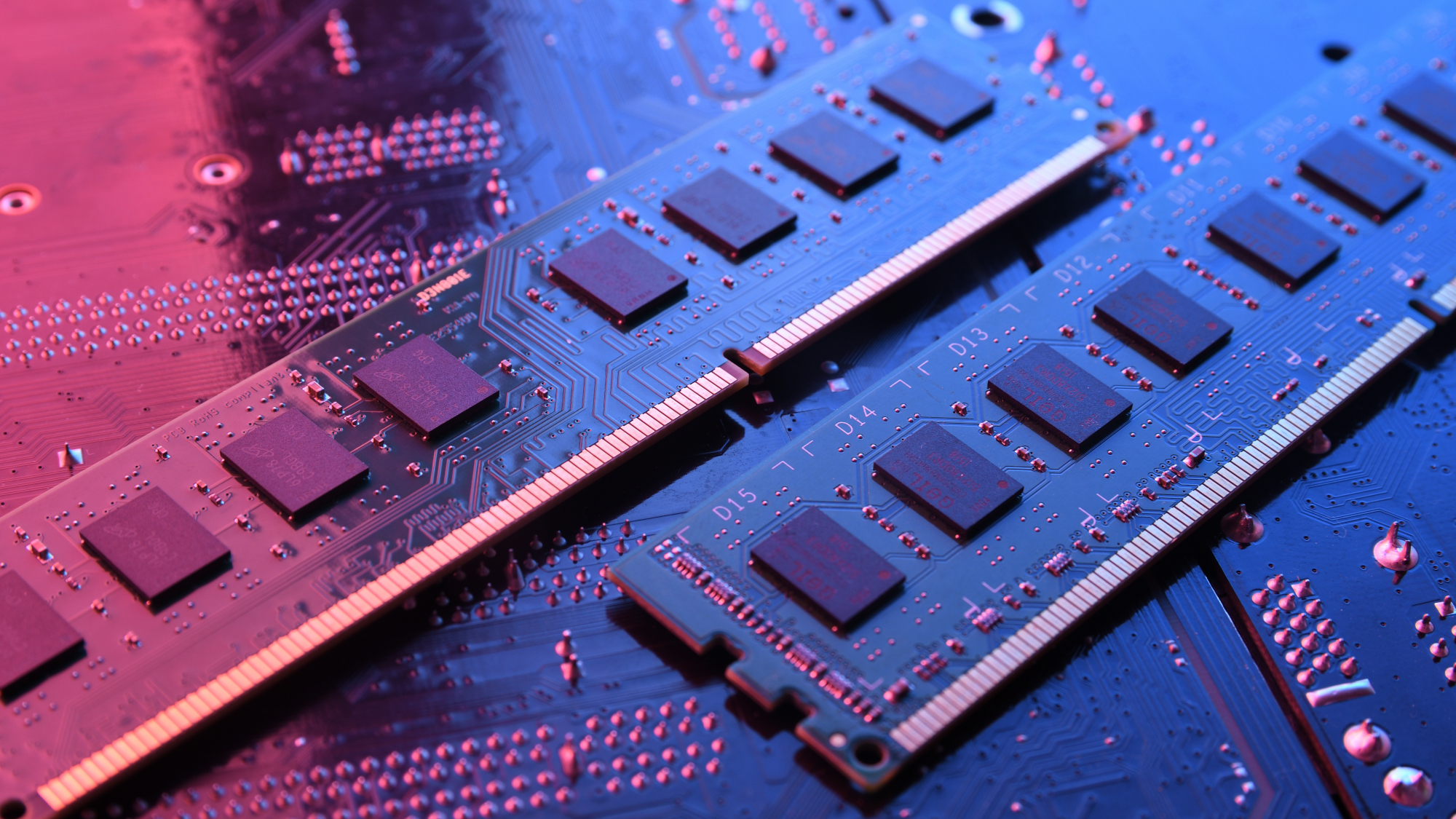NBN speed tiers: What they mean and which best fits your needs
Faster is fun, but it’s not always necessary

When searching for the best NBN plans, one of the main factors (besides the price) is the NBN speed and any NBN plan on a fixed-line connection is based on one of the nine speed tiers. NBN speed refers to the download speed of your connection — but what exactly does this mean, why is it important, and which NBN speed is best for you?
We’ve compiled this complete guide to help you understand everything you need to know about NBN speeds.
What is NBN speed?
Why you can trust Tom's Guide
The NBN speed figure you see when looking for a plan will refer to the download speed, and NBN is available in nine speed tiers, each with a different download speed. The upload speed differs between select NBN plans, too, although this figure isn’t always relayed to you, the consumer, as clearly as the download speed.
What are the NBN speed tiers?
The NBN speed tiers each have an official name given by the NBN, but you will likely find that different retail service providers (RSP) and internet service providers (ISPs) will bestow their own names upon them to align with their company branding and messaging.
The official NBN speed tier names and their download speeds are:
• Home Basic I/NBN 12: 12Mbps
• Home Basic II/NBN 25: 25Mbps
• Home Standard/NBN 50: 50Mbps
• Home Fast/NBN 100: 100Mbps
• Home Superfast/NBN250: 250Mbps
• Home Fast II/NBN 500: 500Mbps
• Home Superfast/NBN 750: 750Mbps
• Home Ultrafast/NBN 1000: 1000Mbps
• Home Hyperfast/NBN 2000: 2000Mbps
Note that these speeds relate to NBN fixed-line services. NBN fixed-wireless services have a slightly different setup because of equipment limitations, coupled with the fact that the data signal is sent via wireless radio waves.
The official speed tiers for NBN fixed-wireless are:
• Home Basic I/NBN 12: 12Mbps
• Home Basic II/NBN 25: 25Mbps
• Fixed Wireless Plus/NBN 100: 100Mbps
• Fixed Wireless Home Fast/NBN 250: 250Mbps
• Fixed Wireless Superfast/NBN 400: 400Mbps
What NBN speed can I get?

Not everyone will be able to achieve all of the NBN speeds listed above. The speed you can get at your property will be determined by the NBN connection type you have.
For fixed-line NBN services, there are five connection types. If you’re unsure which connection type you have, you can find out either by checking on the official NBN Co website, or the RSP you choose to provide your internet connection will be able to tell you when you type in your address.
The fixed-line NBN connection types are:
FTTB
Fibre-to-the-building (FTTB) is found in apartment buildings. A fibre-optic line is run to the main node in the building’s communications room, and existing cable technology (usually copper wiring) runs from the node to each individual apartment or unit.
FTTN
Fibre-to-the-node combines a fibre optic cable being run to a distribution point that services either your neighbourhood or street, and copper cabling being run to individual homes to deliver an internet connection.
FTTN connections tend to be the slowest of all NBN connection types, despite being able to theoretically support up to 100Mbps.
FTTC
Fibre-to-the-curb is similar to FTTN in that it also involves fibre optic cables being run to a distribution point, which then connect to your home via copper cable. But because the distribution point only serves your street, as opposed to a much larger area, an FTTC connection can often be faster.
FTTP
Fibre-to-the-premises (FTTP) is the top-tier of all fixed-line NBN connections, offering the fastest NBN speeds. FTTP is exactly what it sounds like, a fibre optic cable is run directly to your premises.
HFC
Hybrid fibre coaxial (HFC) connections utilise an NBN-installed fibre optic cable and previous coaxial cabling at your premises that has previously provided cable TV services, such as Foxtel. You connect a coaxial cable to an NBN connection box, which you then connect to a Wi-Fi router to deliver internet throughout your home.
What if I can't get fixed-line NBN?

If you don't live in an area that is served by a fixed-line NBN connection — commonly regional and rural areas of Australia — then you should be able to access the NBN's fixed-wireless service.
Download speeds on fixed-wireless connection are much harder to determine, because of the limitations of the equipment. The NBN provider you go with can also influence the real-world download speeds you can achieve. It's because of these factors that providers of fixed-wireless services don't have to report a typical evening speed (more on this below).
What is 'typical evening speed'?
When looking for an internet plan, you’ll see the term ‘typical evening speed’ mentioned. This refers to the download speed you can expect to achieve during the typical busy evening hours of 7pm – 11pm.
For more information on typical evening speed and what it means for your NBN connection, check out our complete guide.
What NBN speed should I get?
So, now you know what NBN speeds there are, it’s now time to find out what NBN speed you need for your household. As we’ve already touched on, the maximum NBN speed you can achieve will first be determined by the connection type you have at your property.
Once you know this, you can decide which speed is best for you. The most influential factors in this decision will be the number of people living in the household, what your daily needs are and the amount you want to spend each month on your NBN plan.
Home Basic I/NBN 12
Because the Home Basic I speed tier has a maximum download speed of 12Mbps, it’s only going to be good for basic tasks and for households with just one, maybe two users.
Before the advent of streaming services and our incessant need to binge watch the latest TV shows and movies, a maximum download speed of 12Mbps was enough for everyday tasks such as browsing the internet and downloading some files.
But now that we have full HD and 4K Ultra HD streaming, our need for a much faster internet connection has become almost a necessity. An NBN 12 plan will now only be good enough for streaming video and music content in standard quality, browsing the internet, accessing social media and downloading small files.
The advantage of an NBN 12 plan is that they are the most affordable (although some NBN 25 and NBN 50 plans don’t cost that much more).
Home Basic II/NBN 25
NBN 25 plans are good for homes with just one or two people who want to perform slightly more internet-intensive tasks. These can include streaming video and music in a higher quality (up to full HD for video) and enjoying faster page loading speeds when browsing the web.
It might be possible to stream select 4K video content, but only on one device at a time. With an NBN 25 connection, two users should be able to comfortably browse, stream and download at the same time.
Home Standard/NBN 50
NBN 50 is the most common speed tier used in Australia. A 50Mbps connection is good enough for up to four people to access the internet at the same time.
NBN 50 plans will allow you to stream content in up to 4K quality (although the NBN says you can only realistically experience up to full HD quality), download large files, work from home without interruption and play online games.
Home Fast/NBN 100
NBN 100 can theoretically be accessed by all NBN connection types, so if you have a multiple-user household, or you just have a couple of people who want to enjoy fast download speeds and 4K video streaming, then it’s the plan to go for.
NBN 100 plans will, of course, be more expensive than others (although they’ll cost less than NBN 250 and up), but they offer the best possible experience for all Australians.
Home Superfast/NBN 250
If you have multiple devices that you want to stream 4K or even 8K content (if you can find it) on, then you’ll need an NBN 250 plan. If you play online games regularly and a smooth experience is absolutely necessary, then you’ll also want to think about getting an NBN 250 plan.
Remember though, NBN 250 can only be accessed by people with an FTTP or HFC NBN connection.
Home Fast II/NBN 500
As one of the latest tiers to debut, NBN 500 has boosted existing NBN 100 plans on FTTP and HFC connections to a whole new level of 500Mbps download speeds. This is a theoretical claim, of course, and depends on your preferred ISP, but these plans will suit a larger family unit best, with more than enough bandwidth for 10 or more users and multiple devices.
You'll be able to do almost anything online, like streaming in up to 8K, downloading large game patches and more, with little to no interruptions. These plans currently cost the same as their lesser counterparts, so if you have an HFC or FTTP connection, it may be worth the switch (unless you haven't been migrated over by your ISP already).
Home Superfast/NBN 750
Upgrading the current tier, the new 'superfast' offer boosts 250Mbps plans for FTTP and HFC connections to 750Mbps downloads and 50Mbps uploads, offering 3x faster speeds. This tier will eventually phase out the other, but some providers are still offering the slower plan for the time being.
Much like the NBN 500 tier above, you'll be able to do almost everything you want to do online — whether that's online gaming, heavy downloads and work calls, all at once.
These plans currently cost the same as their lesser counterparts, so if you have an HFC or FTTP connection, it may be worth considering (unless you haven't been migrated over by your ISP already).
Home Ultrafast/NBN 1000
NBN 1000 is the fastest possible NBN speed. It can only be accessed by properties with an FTTP or HFC connection, and currently, no telco can deliver the full 1Gbps speeds. A few providers come close, like Swoop and Flip, claiming 900Mbps.
Other RSPs, such as Buddy Telco and Aussie Broadband, claim to deliver 875Mbps speeds during the busy evening hours, which is still incredibly fast. You may think web pages or movies load pretty quickly on your current NBN 50 plan, but once you’ve experienced NBN 1000, you’ll never understand how you managed without it.
These plans are the most expensive, costing over AU$110 per month. However, if the fastest possible internet experience is important to you, it’s a worthwhile investment.
Home Hyperfast/NBN 2000
Now acting as the fastest internet tier available in Australia, NBN 2000 can accommodate even the heaviest of internet users, and then some.
If you have multiple devices that you want to stream 8K content on, play online games, download mega files and have up to 30 of your best mates do it all at the same time, 2,000Mbps will more than suffice. That said, there's insufficient speed data collected for the tier, so much like 1Gbps plans, no provider claims to reach maximum speeds quite yet.
And for being the top-of-the-line NBN plan, you can expect to pay upwards of AU$160p/m for a hyperfast connection, which is definitely not an easy bite to swallow. Do note, though, like with any high-speed plan, NBN 2000 can only be accessed by people with an FTTP or HFC NBN connection.
How can I increase my internet speed?
Download speed not quite cutting it on your home? There are a few things you can do to help try to increase your internet speed.
- The first thing you can do to increase your internet speed may sound like an obvious one, but it's the easiest. You can upgrade your NBN plan to a faster speed tier. As mentioned earlier, the NBN connection type you have will dictate what speeds are available to you, but if you're on an NBN 25 plan for example, you can look at upgrading to an NBN 50 or NBN 100.
- The distance of your devices from your Wi-Fi router can also have an effect on speed. You can try to reposition your Wi-Fi router to give it a clearer line of sight to your devices, such as your TV. If this isn't possible, then you can look into adding some Wi-Fi extenders around your home. They don't work quite as well as mesh Wi-Fi system, but a Wi-Fi extender can still help to eliminate dead spots in your home. Some NBN providers offer mesh Wi-Fi systems, such as Google Nest, when you sign up to a new plan.
- Alternatively, you can plug some devices directly into your router using an Ethernet cable. This provides a more stable internet connection between your router and your devices.
Get instant access to breaking news, the hottest reviews, great deals and helpful tips.

Lucy Scotting is a digital content writer for Tom’s Guide in Australia, primarily covering NBN and internet-related news. Lucy started her career writing for HR and staffing industry publications, with articles covering emerging tech, business and finance. In her spare time, Lucy can be found watching sci-fi movies, working on her dystopian fiction novel or hanging out with her dog, Fletcher.
